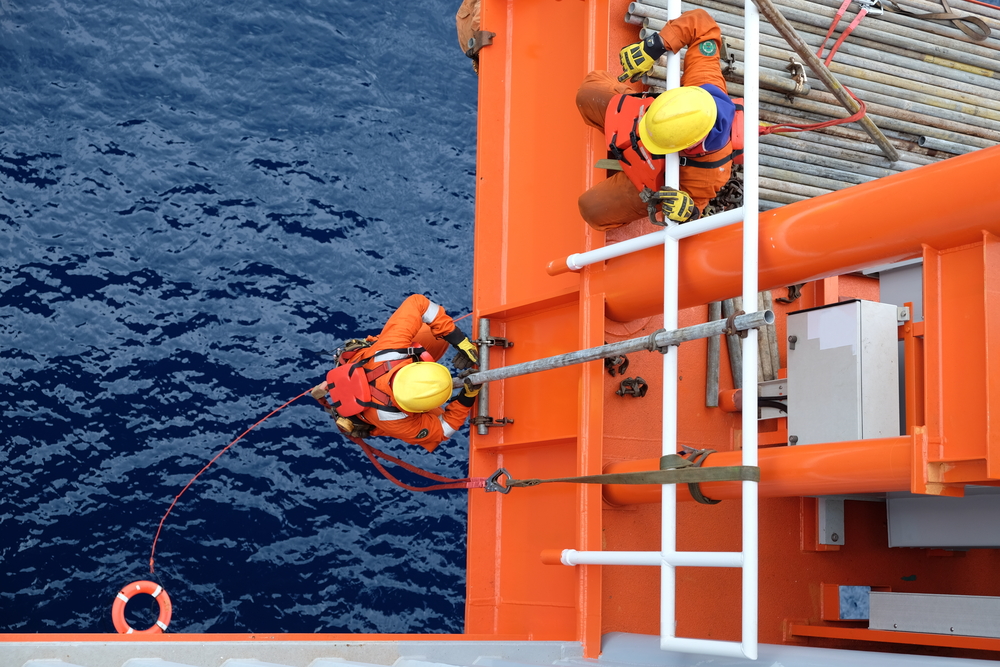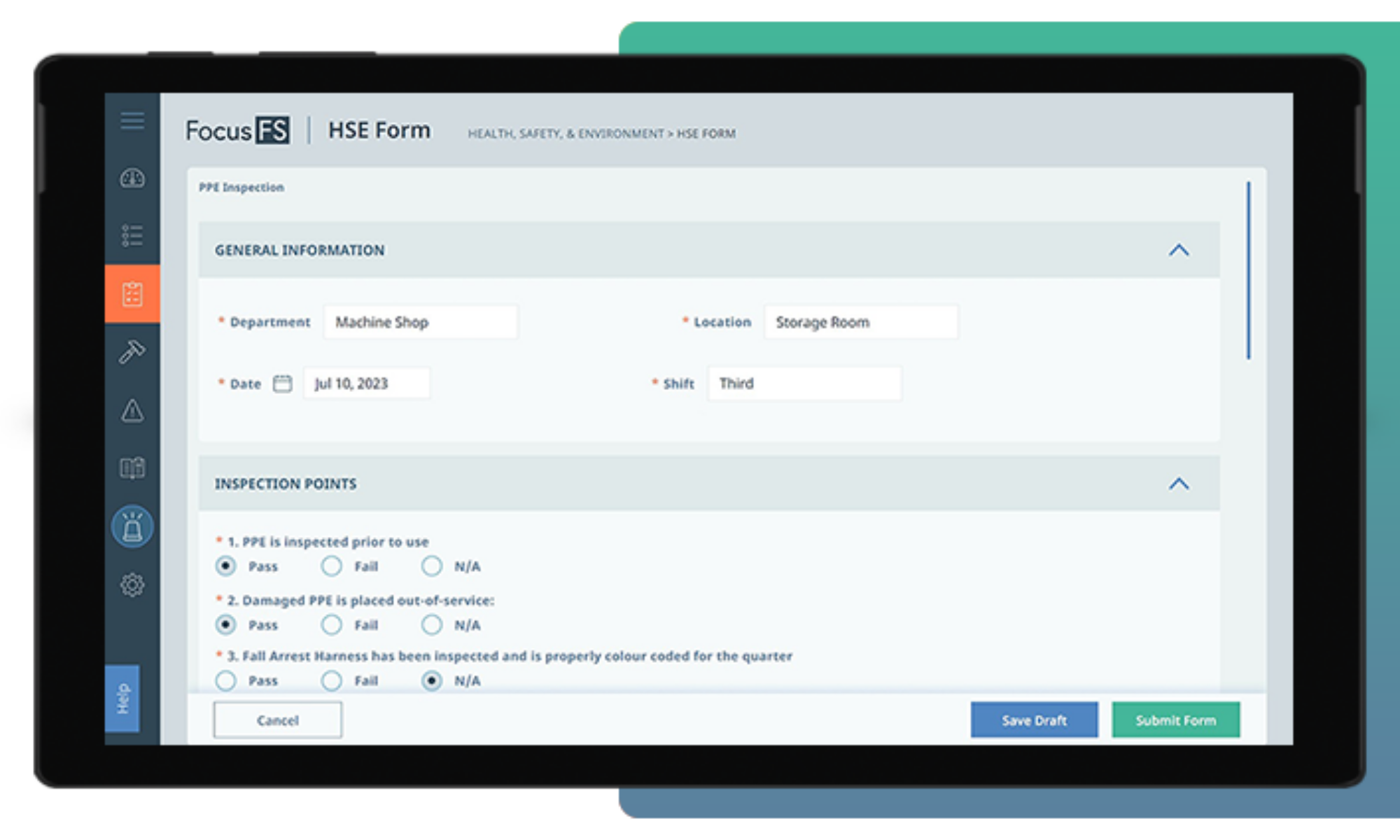Blog
How People Really Act in Emergencies
July 26, 2021
 When an emergency alarm is triggered, the aim is to get everyone to safety as quickly as possible. But will workers respond the way you expect – abiding by the guidelines conveyed during training sessions and practice drills?
When an emergency alarm is triggered, the aim is to get everyone to safety as quickly as possible. But will workers respond the way you expect – abiding by the guidelines conveyed during training sessions and practice drills?
Our partners at Dräger have looked at three misconceptions about human behaviour during emergencies, and offer tips and suggestions on how to positively reinforce best safety practices during these types of situations.
- Employees respond to an alarm immediately.
Dräger found this to be true, but only if there’s clear evidence of danger to life and limb. However, if the threat is not clear, which is often the case, then people might wait for additional signals before acting – such as discussing the possible threat with colleagues or looking for signs of smoke, fire, etc.
They recommend practical training that involves simulating various scenarios and the correct steps to take; examining existing alarm systems to see if they can be made clearer or leave less room for interpretation; and installing warning devices with the lowest possible ratio of false alarms.
- As soon as people discover that an alarm is for real, they will panic.
Despite what’s often shown on TV or in movies, Dräger found that panic is not an automatic or typical response. This is especially true for those working in heavy industrial environments, where the possibility of incidents and emergencies is regularly made clear during training events.
Preventative measures are recommended as a way of providing workers with a sense of safety during emergencies. This includes expanding safety measures, such as developing alternate escape routes; providing sufficient supplies of reliable PPE and related training materials; and conducting regular training sessions that are as realistic as possible.
- In the actual event everybody only thinks of saving themselves.
Dräger found the opposite to be true, noting those who have experienced emergencies report overwhelming solidarity and readiness to help others. This is especially applicable when those affected know each other, such as co-workers.
They provide several approaches for positively reinforcing this sense of community: using interactive elements and team tasks during safety training; changing roles during training to allow everyone to gain different perspectives; implementing a buddy system for such safety processes as donning PPE; clearly defining and communicating emergency roles and responsibilities; and promoting open communications regarding mistakes and joint analysis of incidents.
Click here to read the full Dräger article.
—
Subscribe to our newsletter
hbspt.forms.create({
region: “na1”,
portalId: “19922270”,
formId: “fb64bf68-e341-4ba5-9fea-f6ba9ecb5a1d”
});



